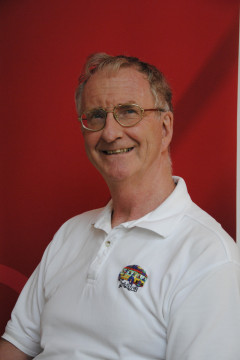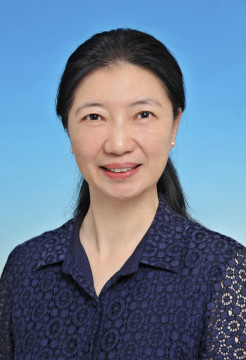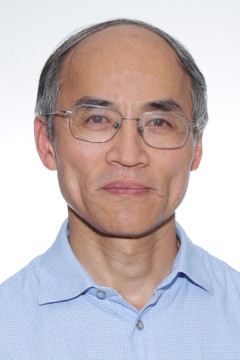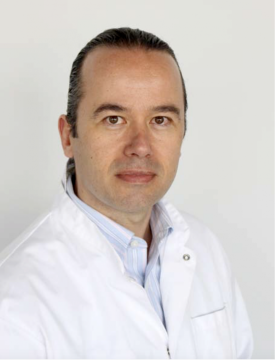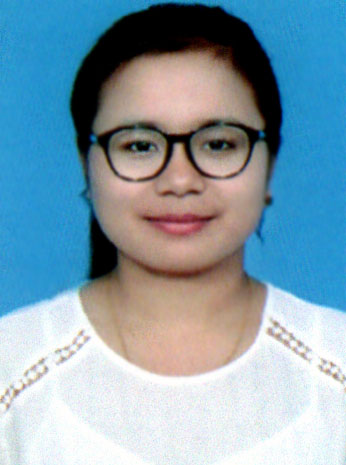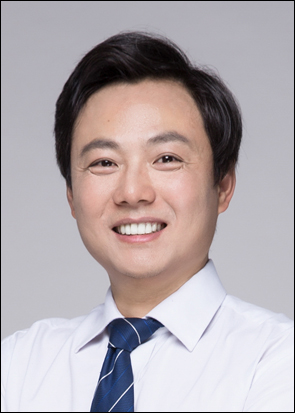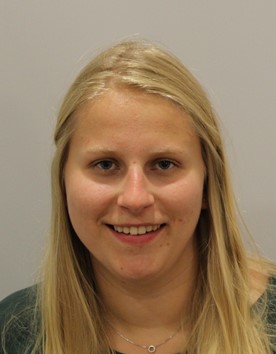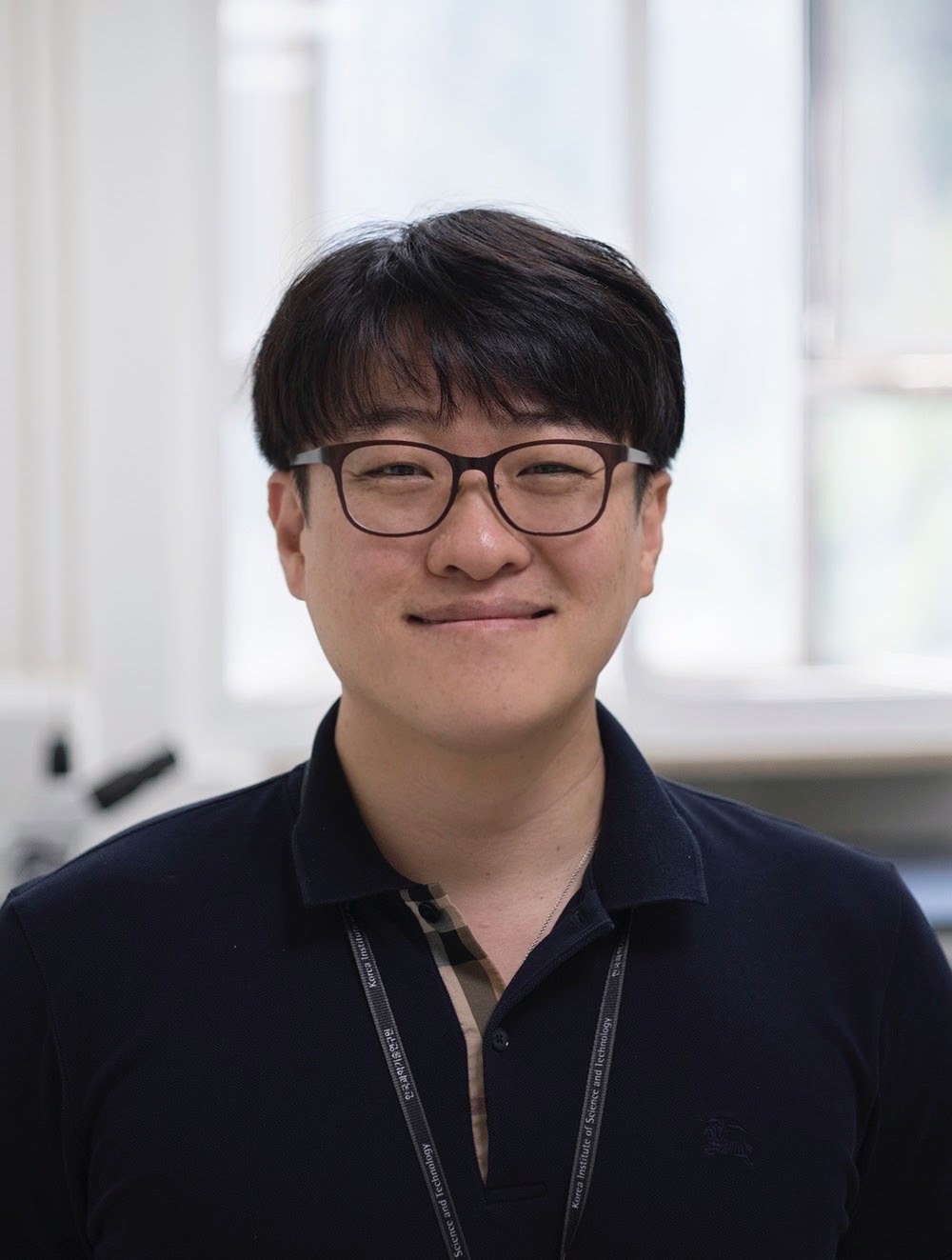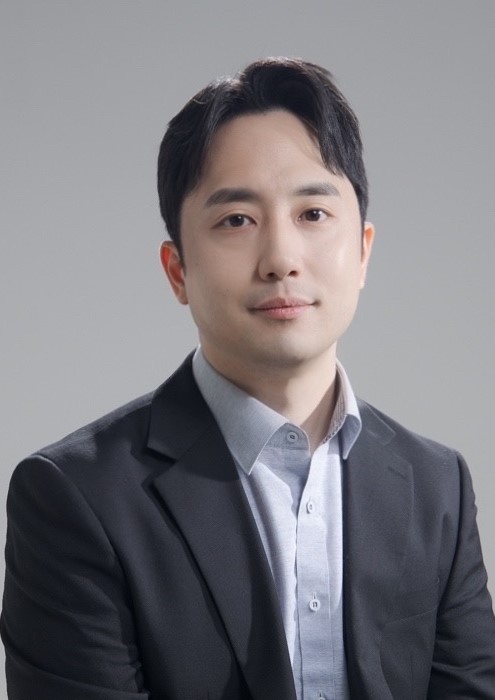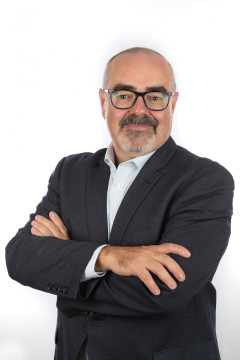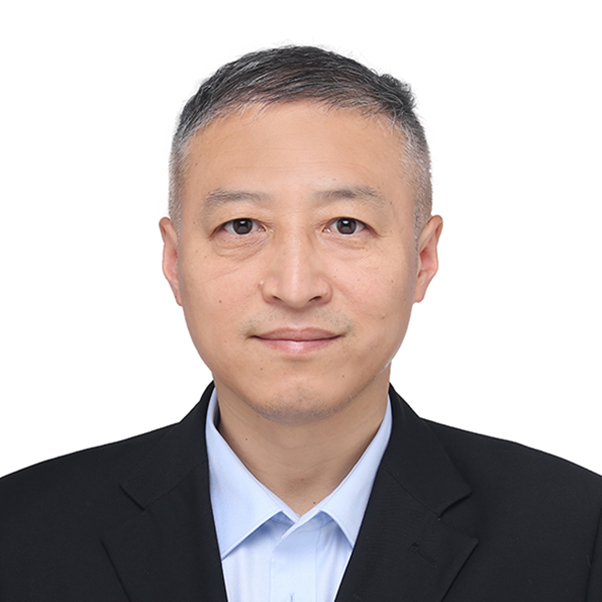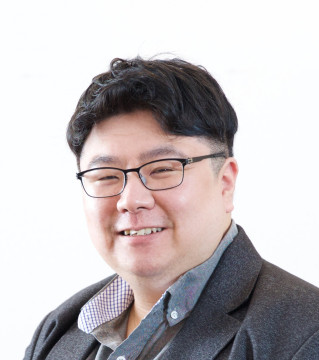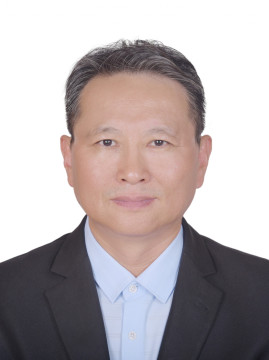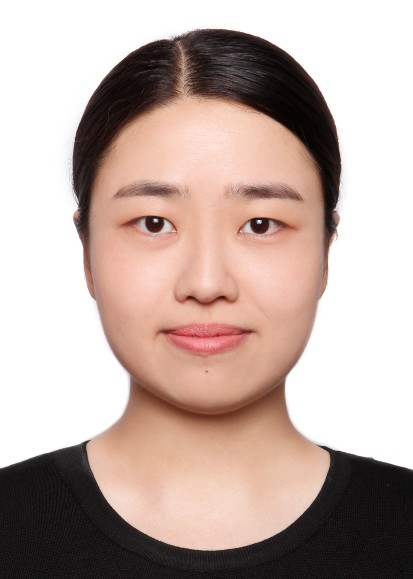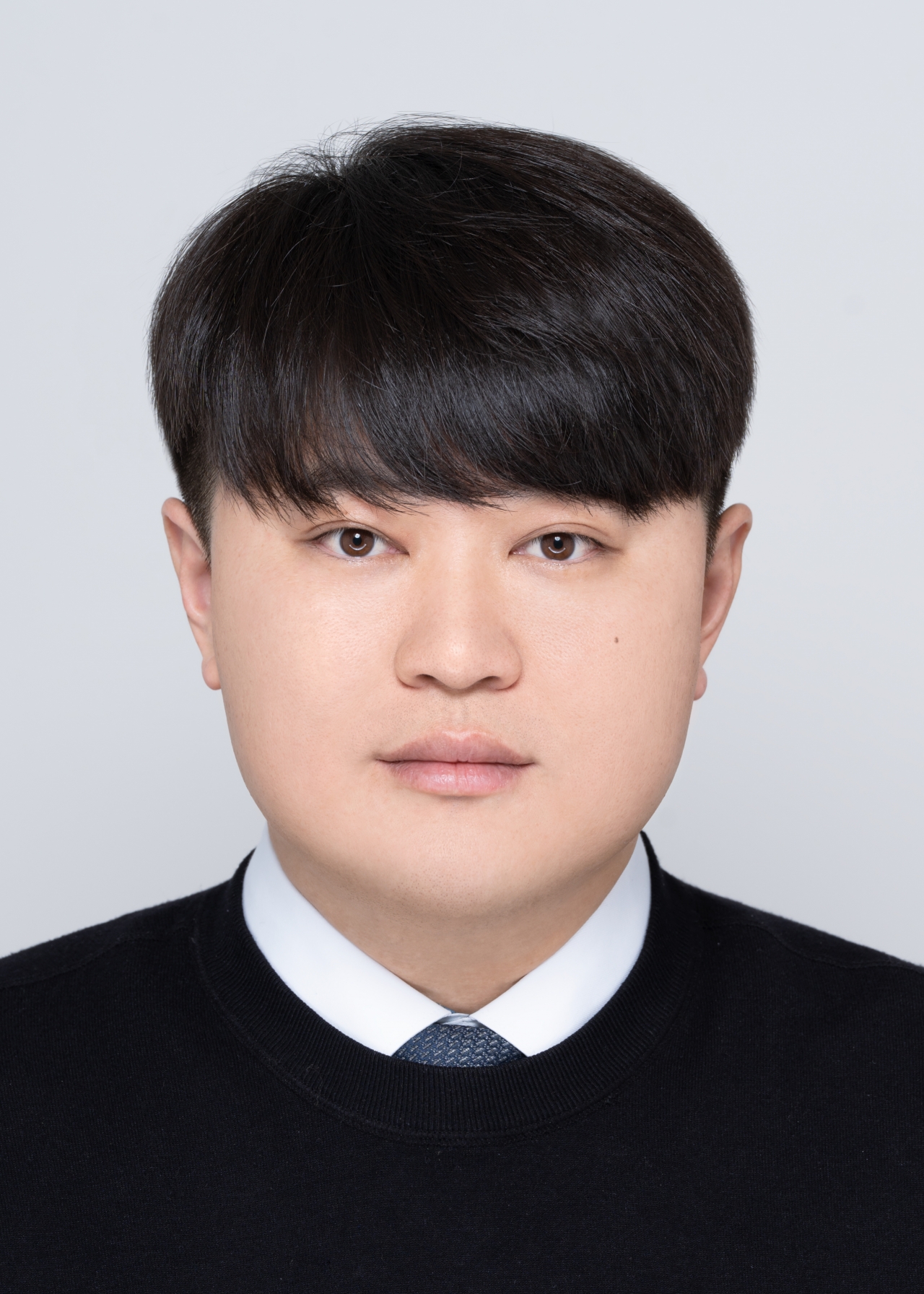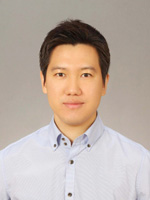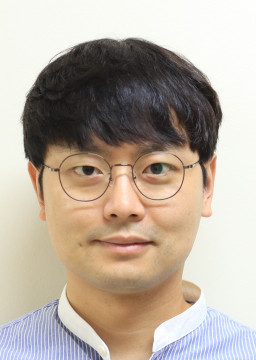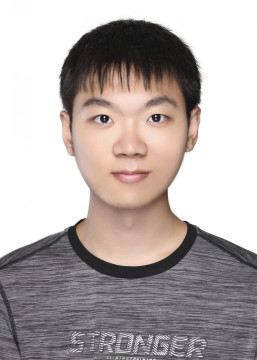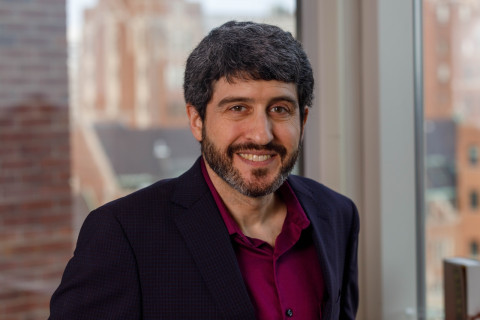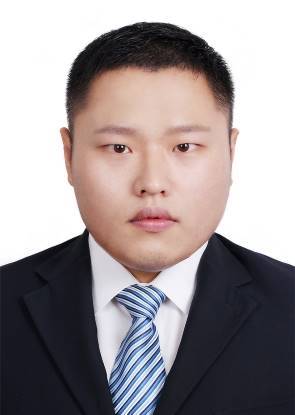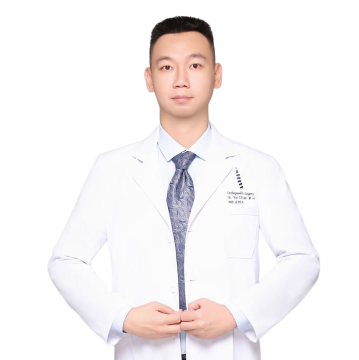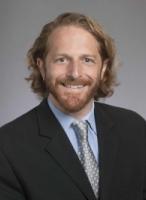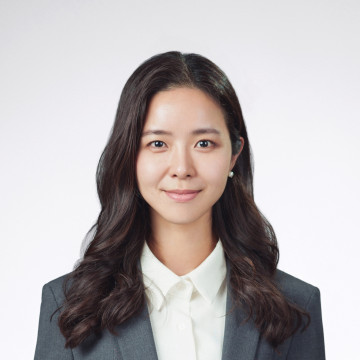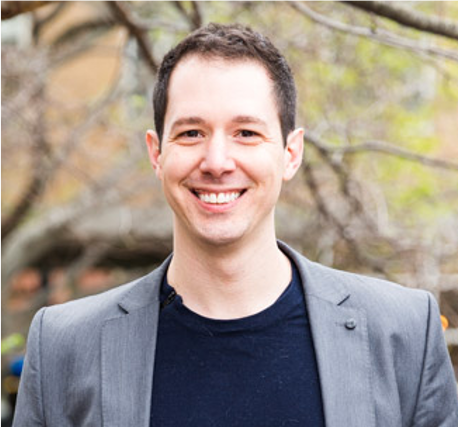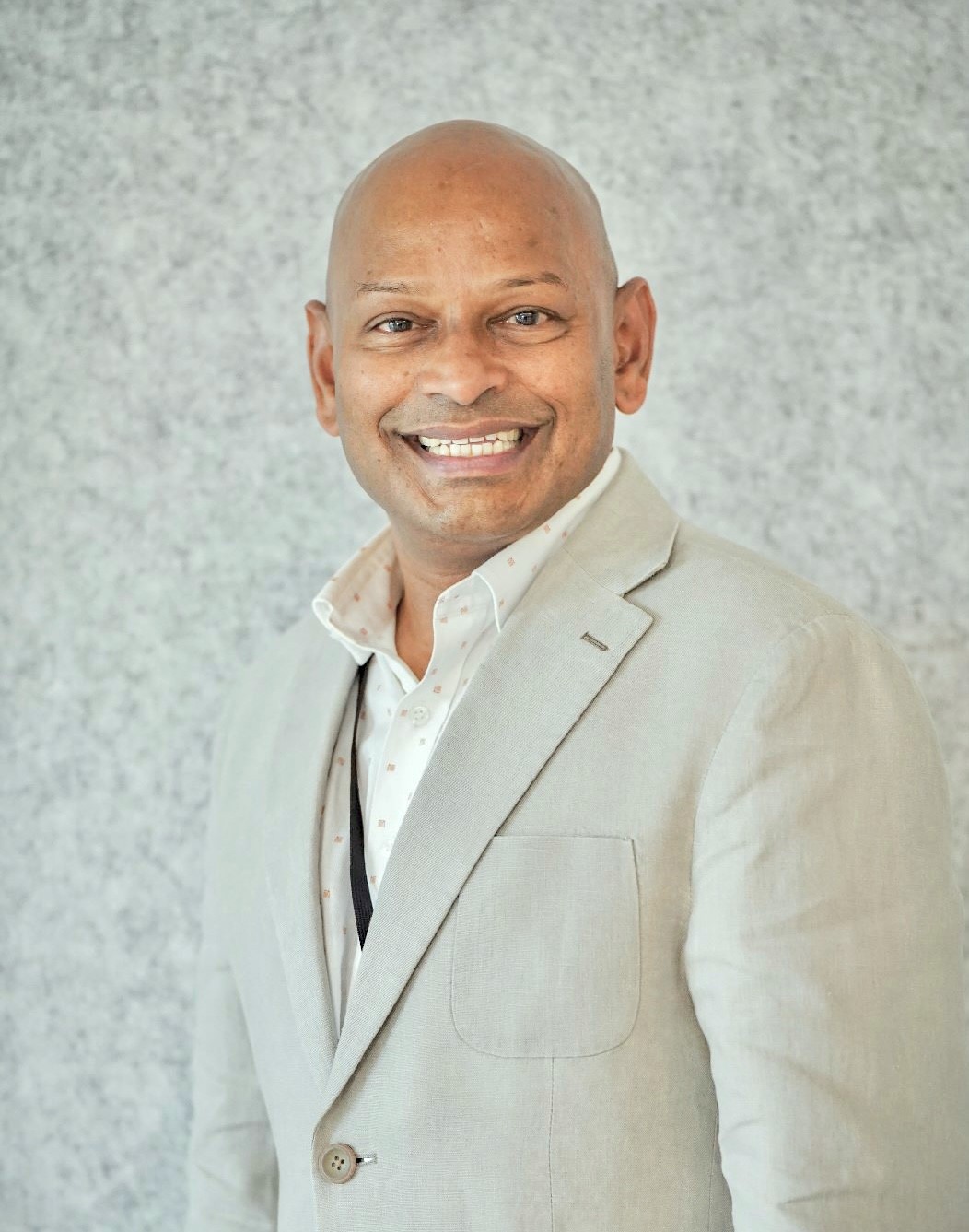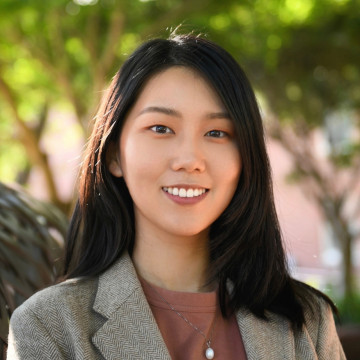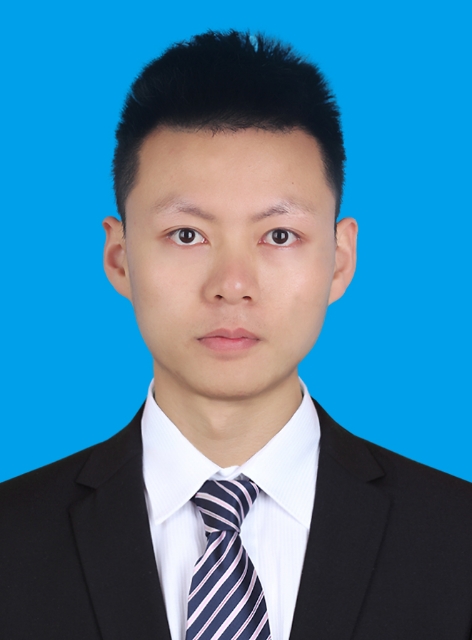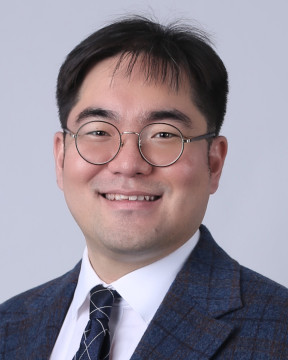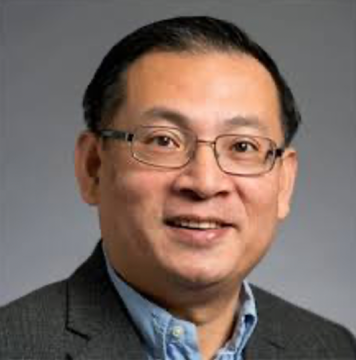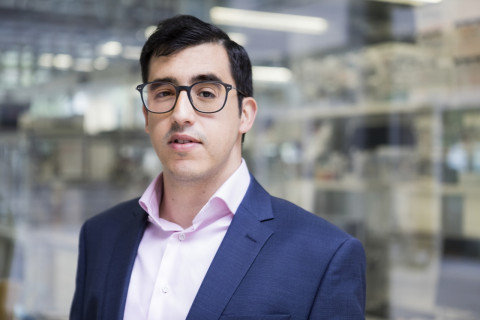Scientific Program
You can update your brief biography and profile picture on the [My Profile] page.
- Session TrackBiomaterials characterization
- Session TitleDesign, Fabrication and Evaluation of Biomedical Textiles
- Session CodeSP-T05-0318
- Date & Time / RoomMay 28 (Tue) 16:30~18:00 / Room 321-A
- Organizer
-
Martin W. King (North Carolina State University, USA)
- Chair
-
Martin W. King (North Carolina State University, USA)
Fujun Wang (Donghua University, China)
- Keynote Speaker
-
16:30~16:55 : Advanced Textile Structural Devices for Load-Bearing Soft Tissue High Quality Repair Lu Wang (Donghua University, China)
- Invited Speaker
-
16:55~17:10 : Fabrication of barbed sutures using a laser system for reconstructive surgery Martin W. King (North Carolina State University, USA)
Ze Zhang (CHU de Quebec, Universite Laval, Canada)
17:25~17:40 : Advances in the in vivo evaluation of a tissue-engineered vascular graft made by weaving threads of cell-assembled extracellular matrix Nicolas L'Heureux (Université de Bordeaux, France)
- Oral Presenter
-
17:40~17:50 : Preparation and characterization of silk fibroin-based biomaterial film from Antheraea frithi Moore cocoon for potential biomedical applications Sanasam Yaiphabi (Manipur University, India)
17:50~18:00 : Braided silk fibroin artificial ligament combining with gradient hydrogel for ligament-bone integration Guoping GUAN (Donghua University, China)
- Session TrackBiomaterials characterization
- Session TitleBioinspired antimicrobial and hemocompatible materials
- Session CodeSP-T05-0329
- Date & Time / RoomMay 29 (Wed) 9:30~11:00 / Room 321-A
- Organizer
-
Elizabeth Brisbois (University of Georgia, USA)
- Chair
-
Elizabeth Brisbois (University of Georgia, USA)
Hitesh Handa (University of Georgia, USA)
- Keynote Speaker
-
9:30~9:55 : Combinatorial approaches for improved biocompatibility Christopher Siedlecki (Penn State University, USA)
- Invited Speaker
-
9:55~10:10 : Bioinspired endothelium-mimicking surface for blood-contacting medical devices Hitesh Handa (University of Georgia, USA)
- Oral Presenter
-
10:10~10:20 : Photoactive nitric oxide release for enhanced antimicrobial biointerfaces Elizabeth Brisbois (University of Georgia, USA)
10:20~10:30 : An in vivo imaging model to study the cellular foreign body response and infection resistance of novel implant coatings Elles Boonstra (UMCG, Netherlands)
10:30~10:40 : Polypyrrole-based conductive fibers and textiles for biomedical applications Jifu Mao (Donghua University, China)
10:40~10:50 : Platelet membrane coated Cu-based layered double hydroxide nanoparticles as an endothelial nitric oxide synthase mimic for atherosclerosis treatment jiawei cui (Southwest Jiaotong university, China)
10:50~11:00 : A mechanically resilient and tissue-conformable hydrogel with hemostatic and antibacterial capabilities for wound care tae young kim (Yonsei university, Korea, Republic of)
- Session TrackBiomaterials characterization
- Session TitleCharacterization of biodegradable metals
- Session CodeSP-T05-0333
- Date & Time / RoomMay 27 (Mon) 13:00~14:30 / Room 321-A
- Organizer
-
Hyung-Seop Han (Center for Biomaterials/ Korea Insitute of Science and Technology, Korea, Republic of)
- Chair
-
Hyung-Seop Han (Center for Biomaterials/ Korea Insitute of Science and Technology, Korea, Republic of)
SangIhn Han (Center for Biomaterials, Biomedical Research Division, Korea Institute of Science and Technology, Korea, Republic of)
- Keynote Speaker
-
13:00~13:25 : Evidences and challenges in the characterization of bioabsorbable metals based on Fe, Mg, Zn for temporary medical devices Diego Mantovani (Department of Mining, Metallurgical and Materials Engineering/Laval University, Canada)
- Invited Speaker
-
13:25~13:40 : Study on the biodegradation behavior of pure molybdenum Yufeng Zheng (School of Materials Science and Engineering/Peking University, China)
13:40~13:55 : 3D-Printed Intelligent Biodegradable Implant Seung-Kyun Kang (Materials Science and Engineering/Seoul National University, Korea, Republic of)
13:55~14:10 : R & D and application of biomedical High purity Mg materials with high strength Zhentao Yu (Jinan University, China)
- Oral Presenter
-
14:10~14:20 : Surface finishing electropolishing processes for additively manufactured Fe-based biodegradable metals contacting blood Marta Multigner (Rey Juan Carlos University, Spain)
14:20~14:30 : Development and clinical translation of biodegradable high-purity magnesium internal fixation screw Dewei Zhao (Affliated Zhongshan Hospital of Dalian University, China)
- Session TrackBiomaterials characterization
- Session TitleCharacterization of cell-scaffold interface in nanoscale for therapeutic applications
- Session CodeSP-T05-0334
- Date & Time / RoomMay 27 (Mon) 14:40~16:10 / Room 321-A
- Organizer
-
Jangho Kim (Chonnam National University, Korea, Republic of)
- Chair
-
Jangho Kim (Chonnam National University, Korea, Republic of)
Sunwoo Hoon (Sunchon National University, Korea, Republic of)
- Keynote Speaker
-
Jin-Woo Kim (University of Arkansas, USA)
- Invited Speaker
-
15:05~15:20 : Brain-on-a-Chip Technology for Modeling Human Brain Diseases Hong Nam Kim (KIST, Korea, Republic of)
15:20~15:35 : Enhancement of In Vitro Osteogenesis Using Alkaline Hydrolysis Modified 3D-Printed Poly(ε-Caprolactone)/Hydroxyapatite Scaffolds Kyoung Je Jang (Gyeongsang National University, Korea, Republic of)
- Oral Presenter
-
15:35~15:45 : Material characterization and parameter identification of periodontal ligament considering tension-compression asymmetric moduli and nonlinear behavior Shaoyang Bi (Tianjin University, China)
15:45~15:55 : Hernia mesh with biomechanical and mesh–tissue interface dual compliance for scarless abdominal wall reconstruction Chaojing Li (Donghua University, China)
15:55~16:05 : Preparation and biological evaluation of porous tantalum scaffolds coated with copper-doped hydroxyapatite Xie Hui (Affiliated Zhongshan Hospital of Dalian University, China)
- Session TrackBiomaterials characterization
- Session TitleBio-fabrication/bioprinting and characterization for biomedical application
- Session CodeSP-T05-0335
- Date & Time / RoomMay 27 (Mon) 16:30~18:00 / Room 321-A
- Organizer
-
Suk Ho Bhang (School of Chemical Engineering / Sungkyunkwan University, Korea, Republic of)
- Chair
-
Suk Ho Bhang (School of Chemical Engineering / Sungkyunkwan University, Korea, Republic of)
Hyun-Ji Park (Department of Applied Chemistry and Biological Engineering / Ajou University, Korea, Republic of)
- Keynote Speaker
-
16:30~16:55 : Engineering scaffold-free tissue constructs via modular assembly, cell-only bioprinting and 4D strategies Eben Alsberg (Departments of Biomedical Engineering, Mechanical & Industrial Engineering, Pharmacology and Regenerative Medicine, and Orthopaedic Surgery / University of Illinois Chicago, USA)
- Invited Speaker
-
16:55~17:10 : Repurposing Antiviral Peptides for Tumor-Derived Exosome Inhibition and Cancer Immunotherapy Enhancement: A Membrane Biophysics Perspective Jackman Joshua A. (School of Chemical Engineering, Sungkyunkwan University, USA)
17:10~17:25 : Multilevel neurium-mimetic individualized graft via a sugar painting-inspired additive manufacturing for peripheral nerve injuries Wei Sun (State Key Laboratory for Modification of Chemical Fibers and Polymer Materials, College of Materials Science and Engineering, Donghua University, China)
- Oral Presenter
-
17:25~17:35 : Printing and full characterization of metamaterials using shape memory alloys for a new generation of smart personalized implants MONICA ECHEVERRY RENDON (IMDEA Materials, Spain)
17:35~17:45 : 3D Printed Ti6Al4V Porous Implant Surface Functionalization by Ultraviolet LED Chuan Yin (Shanghai Ninth People's Hospital Affiliated Shanghai JiaoTong University School of Medicine, China)
17:45~17:55 : Towards a Cystic Fibrosis-Biofilm model: Acetylation of alginate and its influence on physicochemical properties Stephan Schandl (TU Wien, Austria)
- Session TrackBiomaterials characterization
- Session TitleMaterials and characterizations for cardiovascular applications
- Session CodeSP-T05-0336
- Date & Time / RoomMay 28 (Tue) 9:30~11:00 / Room 321-A
- Organizer
-
Hyun-Ji Park (Ajou University, Korea, Republic of)
- Chair
-
Hyun-Ji Park (Ajou University, Korea, Republic of)
Suk Ho Bhang (Sungkyunkwan University, Korea, Republic of)
- Keynote Speaker
-
Michael Davis (Emory University and Georgia Institute of Technology, USA)
- Invited Speaker
-
9:55~10:10 : Underwater acoustic levitation technology that forms ultra-fast 3D cell aggregates and improves the therapeutic efficacy of the aggregates Suk Ho Bhang (Sungkyunkwan University, Korea, Republic of)
Soah Lee (Sungkyunkwan University, Korea, Republic of)
- Oral Presenter
-
10:25~10:35 : Recombinant spider silk for cardiovascular applications: biodegradable, drug eluting, and endothelial cell-specific materials Daniel Heath (University of Melbourne, Australia)
10:35~10:45 : Reinforced composite hydrogels with Wharton`s jelly stromal cells for vascular patches Simon Prazak (Institute of Physiology CAS, Czech Republic)
10:45~10:55 : Bioactive coatings for enhancing the corrosion resistance and biocompatibility of magnesium alloys for cardiovascular stents Changjiang Pan (Changzhou University, China)
- Session TrackBiomaterials characterization
- Session TitleApplications for Biomedical Fibrous Materials
- Session CodeSP-T05-0391
- Date & Time / RoomMay 29 (Wed) 13:40~15:10 / Room 321-A
- Organizer
-
Martin W. King (North Carolina State University, USA)
- Chair
-
Martin W. King (North Carolina State University, USA)
Xiumei Mo (Donghua University, China)
- Keynote Speaker
-
13:40~14:05 : Tissue Engineered Cardiovascular Devices: Potential and Limits of Fibers Frédéric Heim (Université de Haute Alsace, France)
- Invited Speaker
-
14:05~14:20 : Innovations in the Biomedical Fibrous Materials Seeram Ramakrishna (National University of Singapore, Singapore)
14:20~14:35 : Fiber-reinforced hydrogel: bridging strength and bioactivity for vascular tissue engineering Fan Zhang (University of Washington, USA)
- Oral Presenter
-
14:35~14:45 : RENACER®: A non-toxic, fully resorbable and environmentally friendly fibrous biomaterial platform Bastian Christ (Fraunhofer Insitute for Silicate Research ISC, Germany)
14:45~14:55 : Plant-derived polyphenol and LL-37 peptide-modified nanofibrous scaffolds for promotion of antibacterial activity, anti-Inflammation, and type‑H vascularized bone regeneration Jin Shu'e (Sichuan University, China)
14:55~15:05 : One-pot functionalization of biomedical surfaces by silk fibroin self-assembly R. Helen Zha (Rensselaer Polytechnic Institute, USA)
- Session TrackBiomaterials characterization
- Session TitleAntifouling biomaterials and surface characterization
- Session CodeSP-T05-0148
- Date & Time / RoomMay 28 (Tue) 13:40~15:10 / Room 321-A
- Organizer
-
Yoon Ki Joung (Korea Institute of Science and Technology, Korea, Republic of)
- Chair
-
Yoon Ki Joung (Korea Institute of Science and Technology, Korea, Republic of)
Sung-Hwan Choi (Yonsei University College of Dentistry, Korea, Republic of)
- Keynote Speaker
-
13:40~14:05 : Zwitterionic Materials for Biomedical Applications Shaoyi Jiang (Cornell University, USA)
- Invited Speaker
-
14:05~14:20 : Harnessing nature’s blueprints to design antifouling interactive biointerfaces César Rodriguez-Emmenegger (DWI – Leibniz-Institut für Interaktive Materialien, Germany)
14:20~14:35 : Antifouling bioactive materials using zwitterions Sung-Hwan Choi (Yonsei University College of Dentistry, Korea, Republic of)
- Oral Presenter
-
14:35~14:45 : Surface-protein interactions on additively manufactured CoCr alloy for biomedical application Thomas Luxbacher (Anton Paar GmbH, Austria)
14:45~14:55 : The attachment and conformation of fibrinogen and albumin controlled by PAMAM-NH2/-COOH and the thermodynamic-interaction between PAMAM and proteins LI LI (Xihua University, China)
14:55~15:05 : Combined Use of Polycarboxybetaine Coatings with a Selective FXIIa Inhibitor to Create Potent Anticoagulation without Bleeding during ECLS Suji Shin (Carnegie Mellon University, USA)

 1
1 


